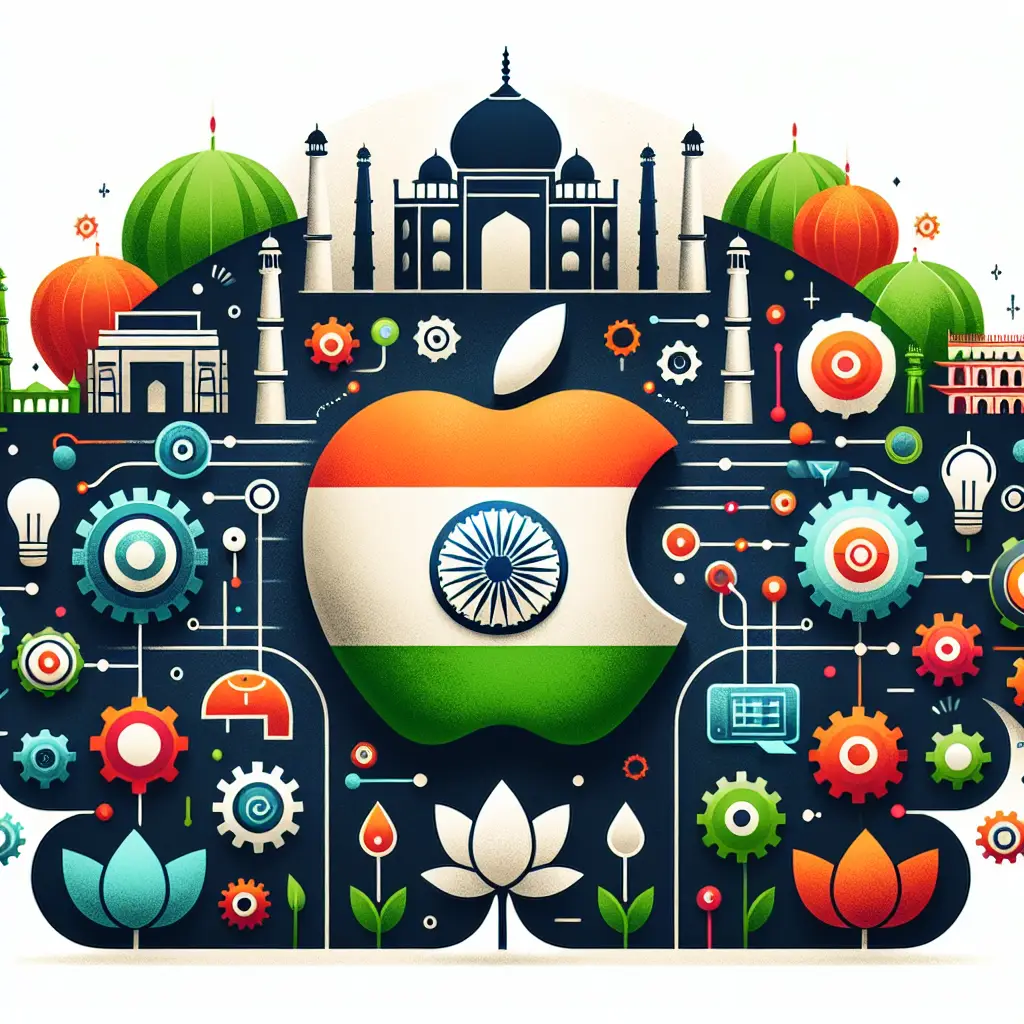Apple’s foray into the Indian market presents an intriguing case study of a global titan’s strategic approach to a fundamentally diverse and, at times, challenging market. Tackling the vast array of local nuances, cultural variables, and socioeconomic factors, Apple’s innovative tactics in the Indian expanse provide valuable insights for other businesses vying for a foothold in booming emerging markets.
Initially, Apple’s presence in India was notably lackluster. Steep pricing and an arguably non-inclusive marketing strategy meant the technology giant had a nominal market share. However, understanding the Indian market’s peculiarities and vast potential, Apple decided to alter its approach. The paradigm shifted from being product-centric to being more customer-centric, adopting a dynamic strategy that focused on understanding the unique needs and expectations of Indian consumers.
The innovative elements of Apple’s Indian market approach can be broadly classified and examined under several crucial parameters: Pricing, Product Localization, Customer Engagement, Distribution, and Partnership Strategies.
Pricing
Understanding that the price-sensitive nature of Indian buyers was a roadblock, Apple implemented differential pricing. This meant offering older, inexpensive iPhone models to make up for the hefty price tag of newer models. Offering pre-owned iPhones at lower prices was also a strategy employed. Furthermore, Apple capitalised on Indian festive seasons for heavy discounting and attractive EMI options to boost sales. This marked a significant departure from Apple’s standard global pricing strategy, demonstrating the company’s innovative flexibility.
Product Localization
Apple recognised that to truly engage the Indian consumer, product localization was vital. Realising that Indians were increasingly preferring vernacular languages over English, Apple made Siri – its voice assistant interface, compatible with Hindi and numerous other regional languages. The introduction of India-specific features such as support for Indian train schedules, and adapting to the localized digital payments landscape by integrating UPI, RuPay and Netbanking in Apple Pay, are other instances of Apple’s innovative ways of deepening its resonance with Indian consumers.
Customer Engagement
The core of any successful strategy lies in engaging the customer effectively. Apple, whilst understanding this, revamped its customer engagement methods accordingly. It introduced a first-of-its-kind ‘Apple Music Student Plan’ in India, offered at a heavily discounted price to engage the sizeable, young demographic of the country. Apple has also been hosting music events and concerts to create a buzz and successfully resonate its products with the nation’s youthful image.
Distribution Strategy
Apple’s passage into India’s tech market faced a significant hurdle – the country’s complex distribution structure. Instead of tackling this obstacle head-on and setting up its stores, Apple chose a partner-led retail strategy. It collaborated with already established premium resellers, resulting in ‘Apple Authorised Stores.’ By doing so, Apple could focus more on its core operations while it’s partners took care of the distribution intricacies.
Partnership Strategy
Apple’s essence of innovation also graced its partnership strategies. It joined hands with Reliance Jio, India’s biggest 4G network, to provide bundled packages of the iPhone with Jio’s 4G services. This promoted iPhone sales and simultaneously presented a message of embracing India’s digital revolution. Apple also partnered with India’s leading e-commerce players to ensure extensive online availability of its products, reaching the quintessential digital native of the country.
The manufacturing shift to India primarily driven by Apple’s meetings with the Indian Government also further solidified its commitment to the Indian market. Deciding to manufacture its high-selling models such as iPhone SE, iPhone 6S, and even the iPhone 7, locally, significantly reduced the import duty costs and boosted the affordability factor of iPhones in India.
In conclusion, Apple’s innovative approach towards the Indian market signifies an essential lesson for other tech conglomerates and global companies. It underscores the importance of flexibility, localization, effective partnerships, and deep consumer engagement as vital elements in cracking diverse markets. Importantly, Apple’s adventure in India is far from over, and as the company continues to evolve its strategies, it offers an unfolding, exciting narrative on navigating the dynamic landscapes of emerging markets.
Share this content:

